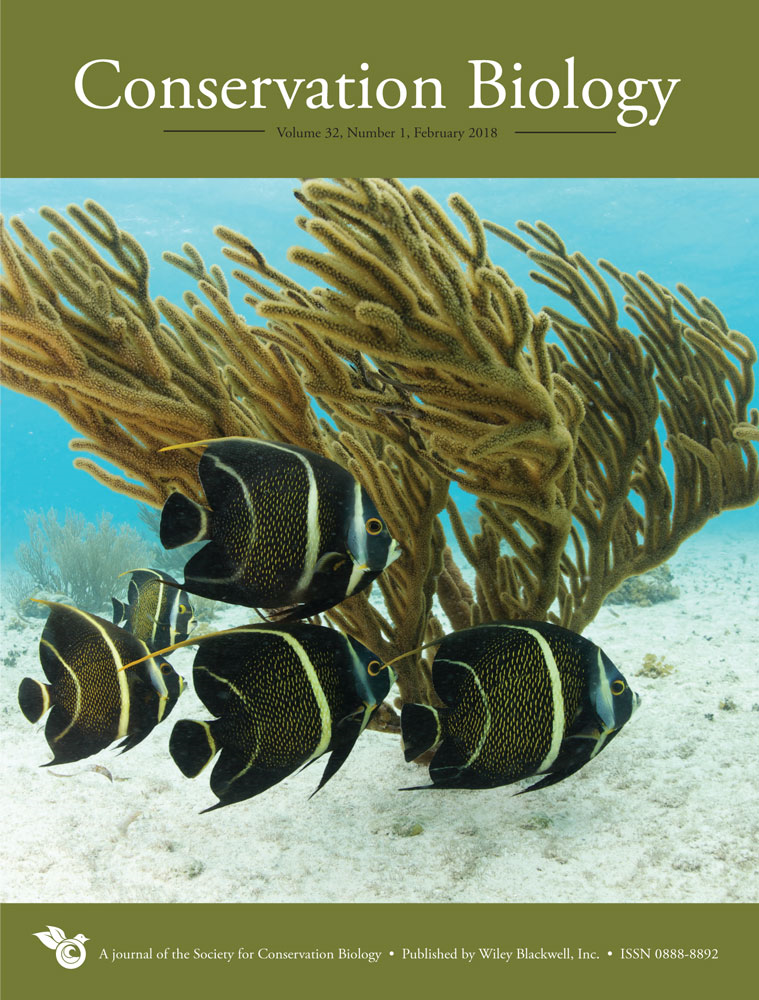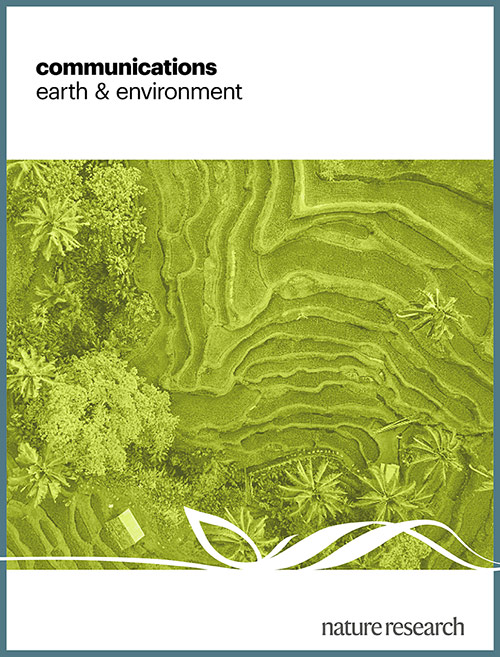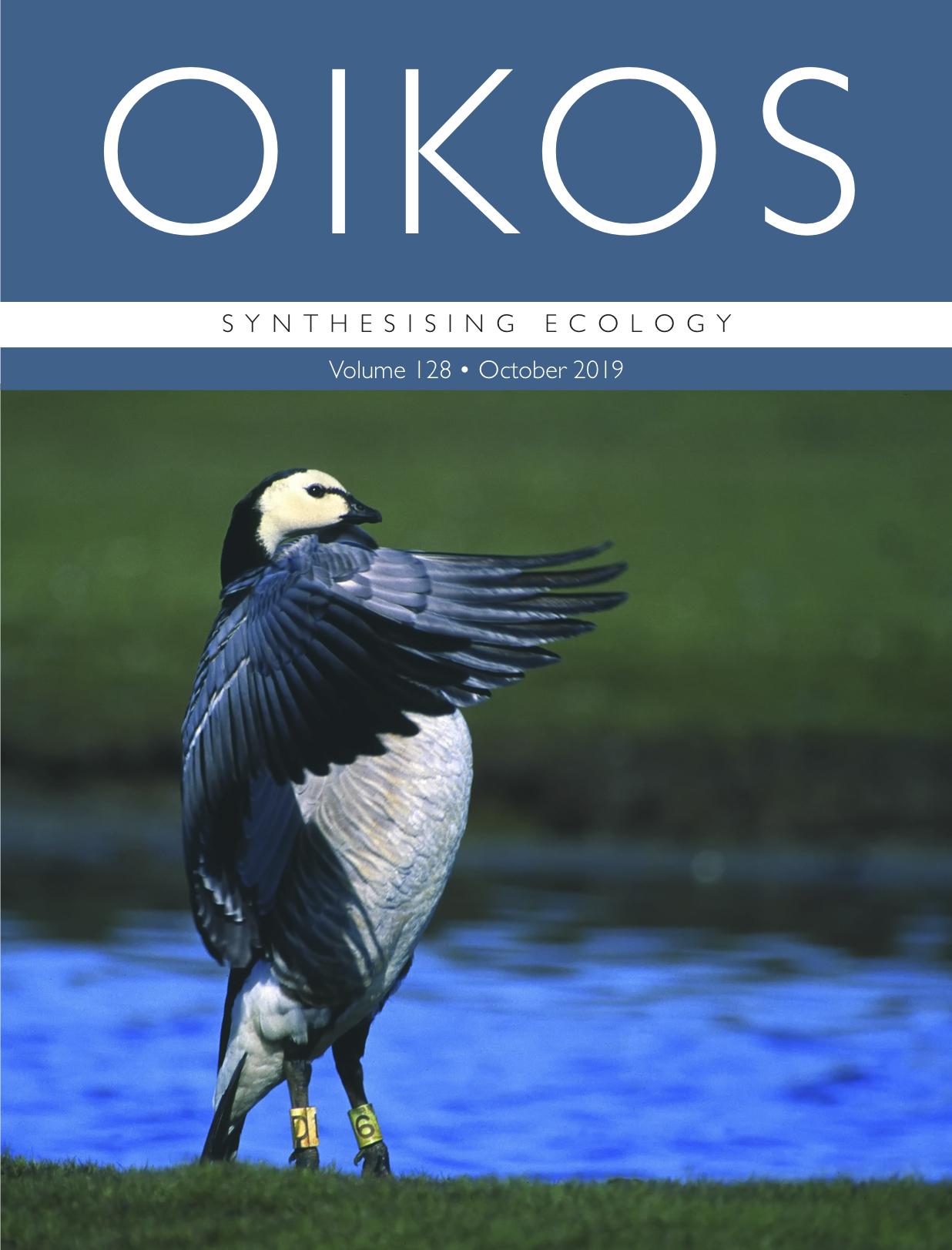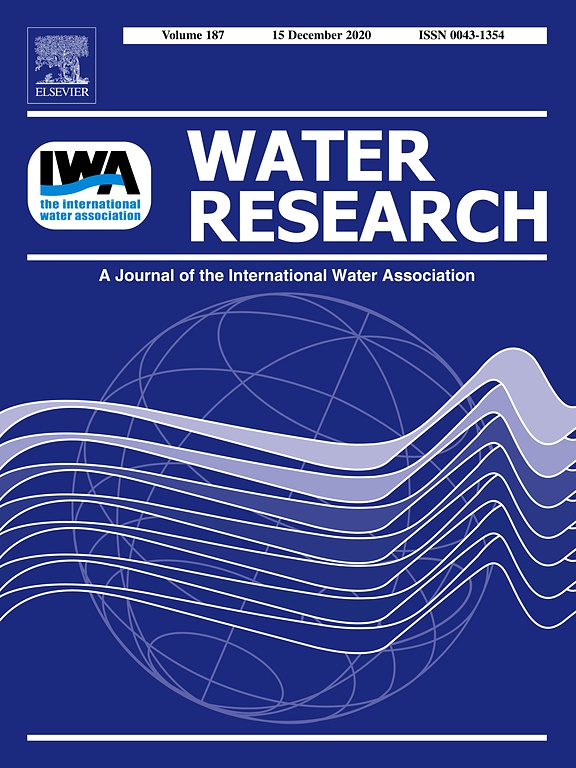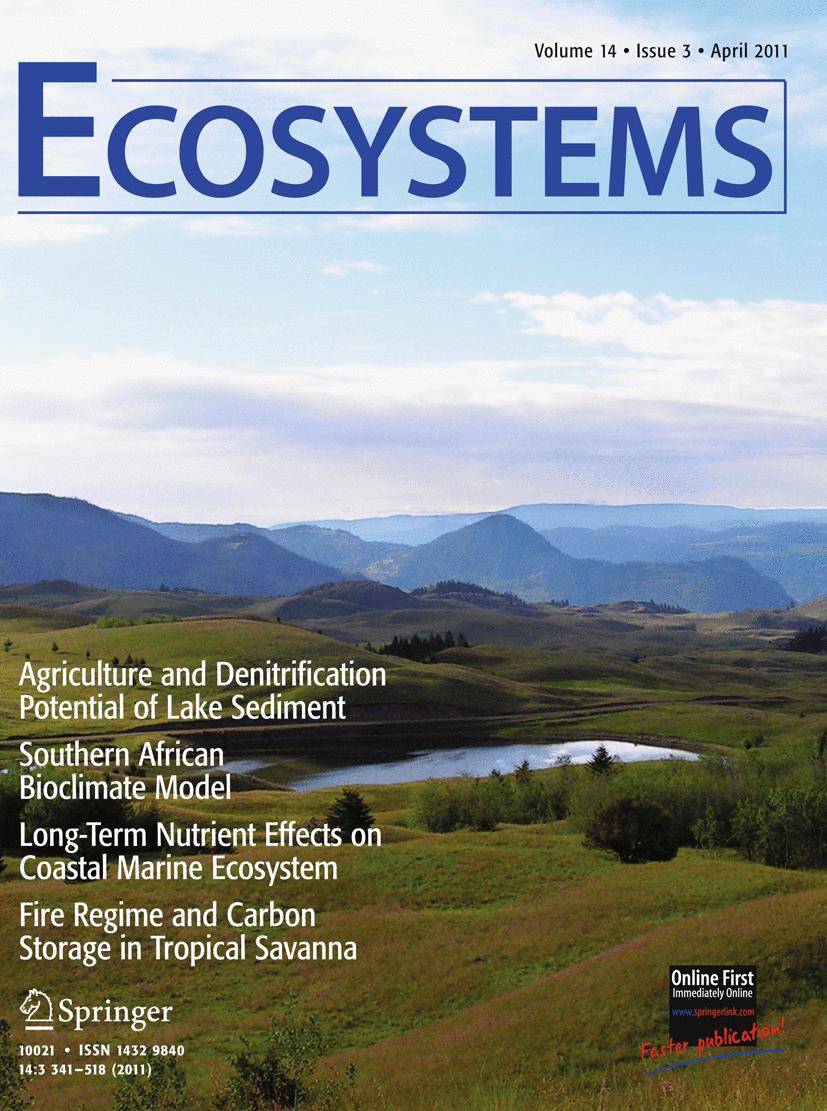Please find all scientific publications of IGB under > scientific publications
For more detailed information please refer to our > library catalogue
21 - 30 of 194 items
- Programme area:1) Biodiversity in a Changing World
May 2025
FEMS Microbiology Ecology. - 101(2025)6, Art. fiaf050
Detectable land use impact on methanotrophs and methanogens in kettle hole sediments but not on net methane production potentials
Danica Kynast; Florian Reverey; Lars Ganzert; Hans-Peter Grossart; Gunnar Lischeid; Steffen Kolb
April 2025
Conservation Biology. - XX(2025)X, Art. e70023
A social network analysis of the European science–policy–society interface on biodiversity
Dalia D'Amato; Salla Rantala; Kaisa Korhonen-Kurki; Karla E. Locher-Krause; Twan Stoffers; Enzo Falco; Renata Włodarczyk-Marciniak; Mihai Adamescu; Kinga Krauze; M. Susana Orta-Ortiz; Robin Dianoux; Matthew J. Grainger; Juliette Young
April 2025
Communications Earth & Environment. - 6(2025), Art. 299
Mangroves support an estimated annual abundance of over 700 billion juvenile fish and invertebrates
Philine S. E. zu Ermgassen; Thomas A. Worthington; Jonathan R. Gair; Emma E. Garnett; Nibedita Mukherjee; Kate Longley-Wood; Ivan Nagelkerken; Kátya Abrantes; Octavio Aburto-Oropeza; Alejandro Acosta; Ana Rosa da Rocha Araujo; Ronald Baker; Adam Barnett; Christine M. Beitl; Rayna Benzeev; Justin Brookes; Gustavo A. Castellanos-Galindo; Ving Ching Chong; Rod M. Connolly; Marília Cunha-Lignon; Farid Dahdouh-Guebas; Karen Diele; Patrick G. Dwyer; Daniel A. Friess; Thomas Grove; M. Enamul Hoq; Chantal Huijbers; Neil Hutchinson; Andrew F. Johnson; Ross Johnson; Jon Knight; Uwe Krumme; Baraka Kuguru; Shing Yip Lee; Aaron Savio Lobo; Blandina R. Lugendo; Jan-Olaf Meynecke; Cosmas Nzaka Munga; Andrew D. Olds; Cara L. Parrett; Borja G. Reguero; Patrik Rönnbäck; Anna Safryghin; Marcus Sheaves; Matthew D. Taylor; Jocemar Tomasino Mendonça; Nathan J. Waltham; Matthias Wolff; Mark D. Spalding
April 2025
Oikos. - 2025(2025)6, Art. e11029
Longer durability of host–parasite interaction increases host density
Patch Thongthaisong; Minoru Kasada; Hans-Peter Grossart; Sabine Wollrab
April 2025
Trends in Ecology and Evolution. - 40(2025)4, 385-394
Understanding biological invasions through the lens of environmental niches
Chunlong Liu; Céline Bellard; Jonathan M. Jeschke
April 2025
Research ideas and outcomes. - 11(2025), Art. e140548
Hypothesis Description: Darwin’s Naturalisation Hypothesis
Florencia A. Yannelli; Wayne Dawson; Mark van Kleunen; Jonathan M. Jeschke; Tina Heger
March 2025
Communications Biology. - 8(2025), Art. 449
Fundamental questions in meiofauna research highlight how small but ubiquitous animals can improve our understanding of Nature
Alejandro Martínez; Stefano Bonaglia; Maikon Di Domenico; Gustavo Fonseca; Jeroen Ingels; Katharina M. Jörger; Christopher Laumer; Francesca Leasi; Daniela Zeppilli; Elisa Baldrighi; Holly Bik; Diego Cepeda; Marco Curini-Galletti; Asher D. Cutter; Giovanni dos Santos; Simone Fattorini; Dagmar Frisch; Sabine Gollner; Ulf Jondelius; Alexandra Kerbl; Kevin M. Kocot; Nabil Majdi; Stefano Mammola; José M. Martín-Durán; André Menegotto; Paul A. Montagna; Francisco J. A. Nascimento; Nicolas Puillandre; Anne Rognant; Nuria Sánchez; Isaac R. Santos; Andreas Schmidt-Rhaesa; Michaela Schratzberger; Federica Semprucci; Mauricio Shimabukuro; Paul J. Sommerfield; Torsten H. Struck; Martin V. Sørensen; Andreas Wallberg; Katrine Worsaae; Hiroshi Yamasaki; Diego Fontaneto
This paper identifies the top-50 priority questions for meiofaunal research, highlighting their critical roles in biogeochemical cycles and biodiversity. It calls for a balanced research agenda, international cooperation, and advances in technology to overcome current challenges and unlock meiofauna’s full potential.
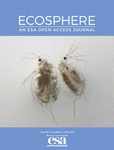
March 2025
Ecosphere. - 16(2025)3, Art. 70205
Too much and not enough data: Challenges and solutions for generating information in freshwater research and monitoring
Adrianne P. Smits; Ed K. Hall; Bridget R. Deemer; Facundo Scordo; Carolina C. Barbosa; Stephanie M. Carlson; Kaelin Cawley; Hans-Peter Grossart; Patrick Kelly; Stefano Mammola; Matthew R. Pintar; Caleb J. Robbins; Albert Ruhi; Mattia Saccò
March 2025
Water Research. - 281(2025), Art. 123553
Anthropogenic imprint on riverine plasmidome diversity and proliferation of antibiotic resistance genes following pollution and urbanization
Kenia Barrantes-Jiménez; Franck Lejzerowicz; Tam Tran; Melany Calderón-Osorno; Luis Rivera-Montero; César Rodríguez-Sánchez; Odd-Gunnar Wikmark; Alexander Eiler; Hans-Peter Grossart; María Arias-Andrés; Keilor Rojas-Jiménez
March 2025
Ecosystems. - 28(2025), Art. 23
Flexibility in Aquatic Food Web Interactions: Linking Scales and Approaches
Ellen van Velzen; Sabine Wollrab; Onur Kerimoglu; Ursula Gaedke; Hans-Peter Grossart; Minoru Kasada; Helena C. L. Klip; Stefanie Moorthi; Tom Shatwell; Patch Thongthaisong; A. E. Friederike Prowe



